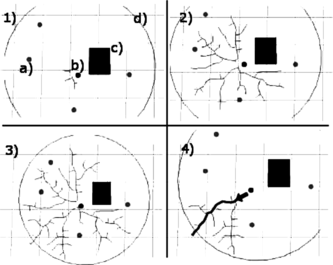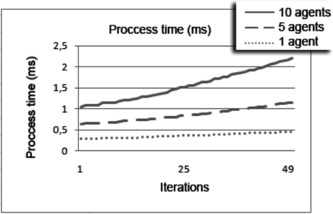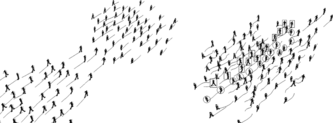Figures & data
FIGURE 1 (a) Markers (dots) are discrete representation of walkable space; (b) Darker dots describe key positions, lighter dots are related with each simulated step that generates path nodes, and between two path nodes there is the path segment.
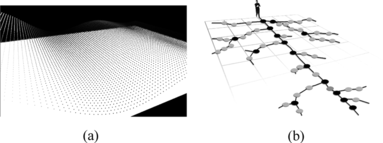
FIGURE 2 In 1) agent a) in position b) goes to its goal d) avoiding collision with obstacle c). In 2) and 3) we show the evolution of tree paths growing toward to the goal avoiding collision with obstacle. In 4) the goal is reached by the tree path while agent walks into the path. It is possible to see branches of tree path that have been deleted from the tree.
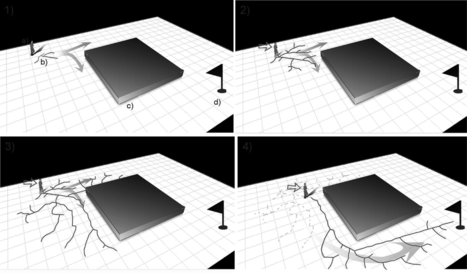
FIGURE 3 (a) Pursue behavior: one agent tries to reach another one; (b) The illustrated tree path shows the way for follower agent to achieve the target.
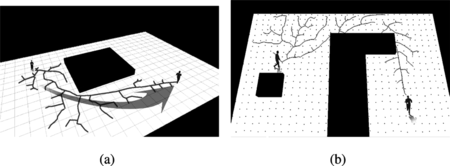
FIGURE 4 Surround behavior: two agents try to reach another one. It is possible to observe the diversity of generated tree paths causing the surround behavior.

FIGURE 5 Escape behavior: one agent tries to escape from a circular region, in which three follower agents are included.
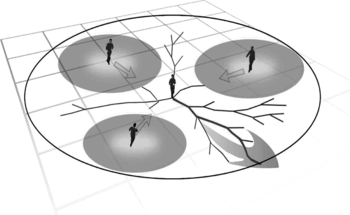
FIGURE 7 Left: Weight masks are used to define alignment behavior. Right: An example of generated behavior.
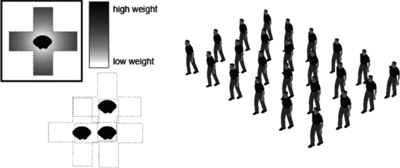
FIGURE 8 Prototype system for crowd simulation with interactive control. The user “sprays” markers (dots) on the floor. The distribution of markers directs the agents.
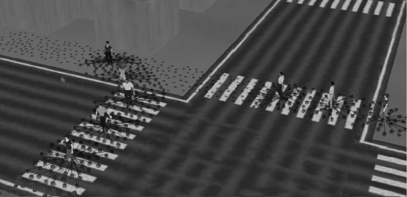
FIGURE 9 Removing markers in the environment affect the virtual humans' trajectories (the first and second agents are influenced by the new configuration of markers.) The circle represents the marker eraser, and it has been used to narrow down the region where the agents can walk.
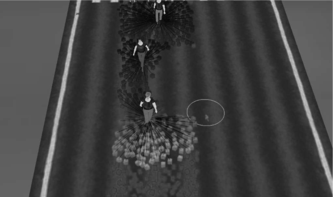
FIGURE 10 This figure shows four different time steps in the formation and alignment behaviors applied together. In 1) and 2) agents are going into a shape region. In 3) and 4) agents align their locations as a function of other agents.
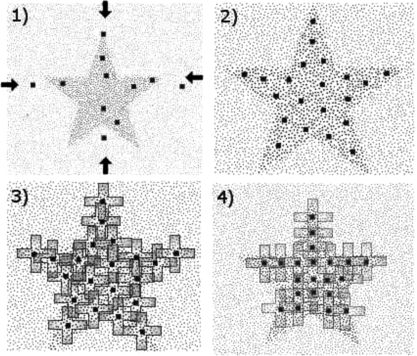
FIGURE 11 In 1), a, b, c, and d are related, respectively, with follower agent, target agent, obstacle, and a circular region, which includes all follower agents. In 2) and 3) tree path is evolving and in 4) target agent is walking and escaping from follower agents.
